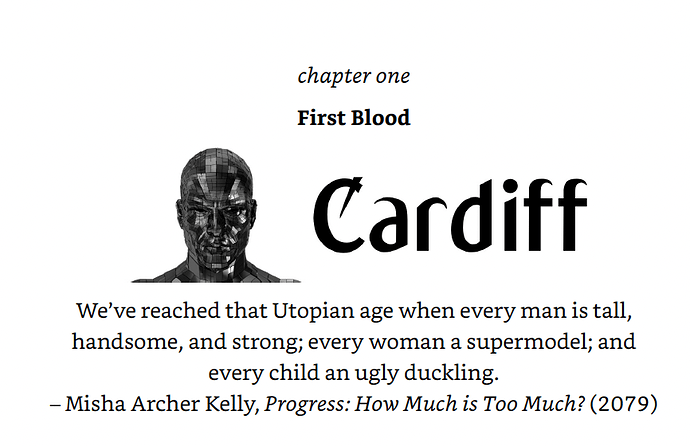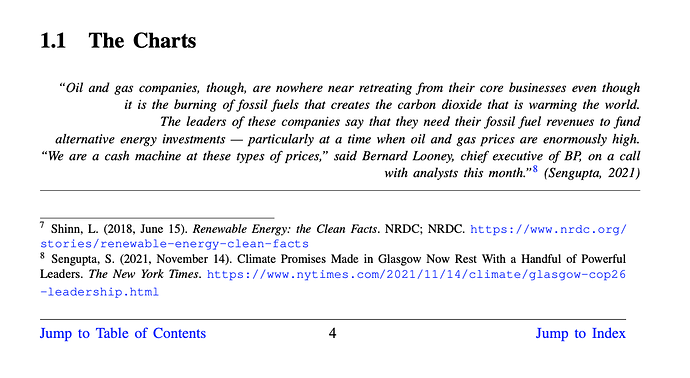UPDATE: See P.S. below regarding the \url{…} command.
Hi gr,
Thank you SO MUCH for the above LaTeX \fnote code to accommodate endnotes.
I was SO HOPING that your code would work. Unfortunately, when I tested the code, I am seeing the following error: (I searched for the error but did not find a solution)
! Undefined control sequence.
\hyper@normalise …M{ }\catcode `%\active \let %
\@percentchar \let \%@per…
l.4679 …hp?title=Economic_rent&oldid=931394262}}
The line of code where the error occurred is:
economic rent.\footnote{Wikipedia contributors. (2019, December 18). Economic rent. In Wikipedia, The Free Encyclopedia. Retrieved 00:58, March 9, 2020, from \url{https://en.wikipedia.org/w/index.php?title=Economic_rent&oldid=931394262}}
I thought the error might have occurred due to the presence of the syntax ‘&oldid=931394262’ at the end of the above \footnote, so I removed it and re-typeset the code, but to no avail.
When I commented out just the \fnote code, the compiled .tex file typeset without error, so I doubt the error was due to anything other than the \fnote code.
Any thoughts or suggestions you might have about what I might try to determine what is causing the error would be more than welcome.
Thanks again for your \fnote code to accommodate endnotes,
scrive

P.S. I did a bit more testing, and it seems that if I remove the \url{…} from the \footnote, that the ‘.tex’ file typesets just fine. So it appears that for some reason the \url{…} command within the \footnote is not compatible with the \fnote command. I have NO idea what is going on … Thanks again!


